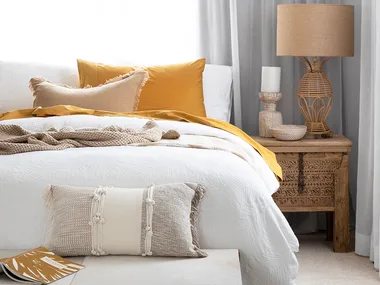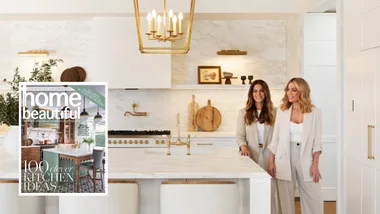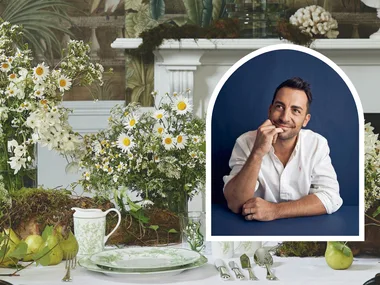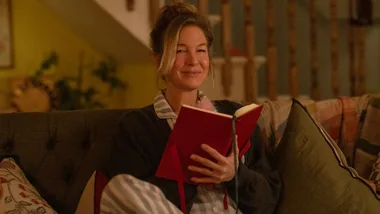WATCH: Research has identified the top 40 most expensive cities by median house price and Byron Bay has come out on top.
It’s not just homeowners and buyers who are in home-isolation, it’s also property values and agents. The new COVID-19 rules mean open homes are off limits and property inspections are only exempt on a case by case basis.
Buyers will likely now be inspecting properties via a virtual home inspection. So how do you ensure the property you purchase is worth the asking price? And what tools can you use the make the virtual buying process efficient?
Drew Hendrey is the Executive Director Valuations & Advisory at Herron Todd White (HTW), creators of the Contactless Inspection Tool, which enables comprehensive house and property assessments for finance purposes. He says HTW has conducted well over a million residential valuations over the past three years and as the country’s largest independent valuer, they needed to find a way for valuers to safely complete a comprehensive inspection without endangering the health of themselves or the home occupant. “This approach to the practice of property valuation is world-leading,” explains Drew. “It allows our financial markets to receive the most accurate information possible under current guidelines and ensures the system can maintain full integrity while still providing a safety-net service for Australians struggling under COVID-19 isolation rules.”
Now you’ve got the tool, you need to ask the right questions. So how do you know what to look for and ask when the cameras panning in one direction, and the rusty pipes are in the other?
Here, the five questions home buyers should ask during a virtual home inspection…
1. What’s the quality of the fixtures and appliances in the kitchen, bathrooms or other wet areas such as stoves, cooktops as well as built in cabinets or benchtops?
Drew says valuers as this question when doing an assessment of value. “We’d like to know brand names, condition and age as well – we want to paint as complete a picture as possible of the property without being able to physically inspect it,” he explains. “Asking about the fixtures and appliances gives an idea of the quality of the home. Brand names like Miele or Gaggenau are recognised for their high quality and will be desired by the market more broadly. Having stone or stainless steel benchtops will be more desirable than standard laminate, too. These items usually cost a bit more, but are more appealing to buyers, so there will be a value premium placed on houses with these over more a ‘standard’ fitout.”
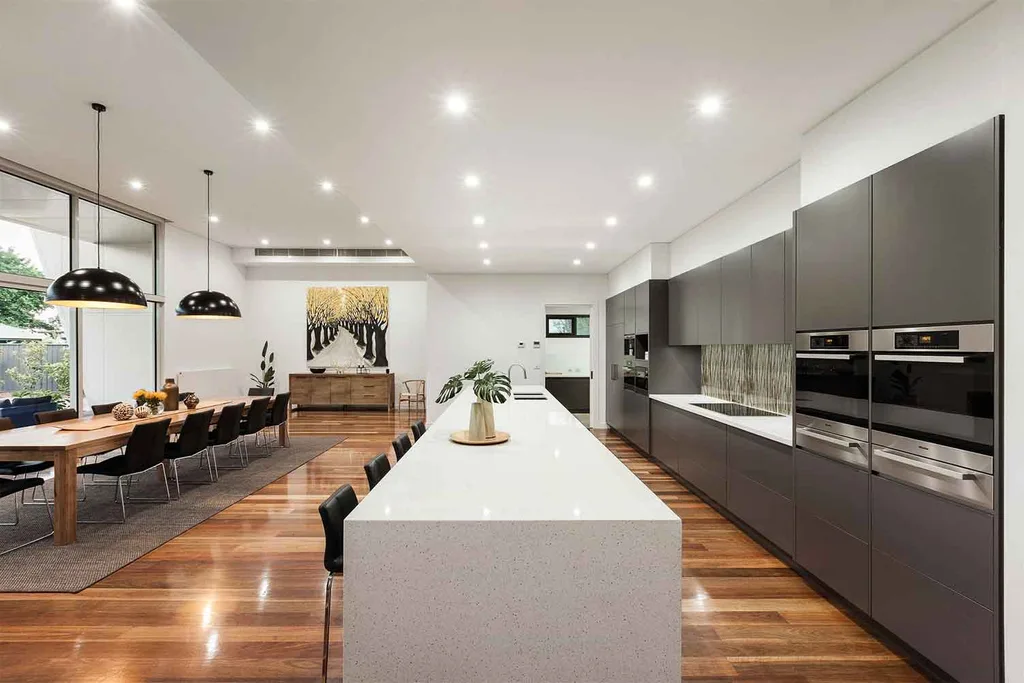
2. Recent renovation work: when was it completed and what was done?
Drew says the answer to this question indicates the calibre of the home improvement, and it helps valuers understand what works have been completed since the property was last purchased.
“Asking about renovation work helps two key areas of assessment. Firstly, if the property was recently purchased, understanding what works have been done since allows you to form a broad opinion of the value added to the property since it was bought,” explains Drew. “The second factor is whether the works have been thoughtful in terms of cost versus value. Good, usable outdoor covered areas, internal and external painting, necessary added covered car accommodation or well executed kitchen and bathroom upgrades are often clever ways to invest in a home. On the flipside, adding a pool or tennis court in an area where buyers are looking for budget, no-nonsense homes can be examples of over capitalisation.”
3. Does the property have heating or cooling systems commensurate with surrounding properties in that market?
“In most instances, having cooling or heating in a home is regarded as a benefit that buyers will pay extra for,” says Drew. “Of course, it depends on location, climate and the calibre of the suburb you’re purchasing in. For example, air conditioning in far north Queensland would be considered essential by most buyers, while internal heating via wall units, underfloor or inbuilt wall heaters would be needed in Tasmania.”
Drew adds that while these items can be expensive, if added heating or cooling is regarded as a ‘standard addition’ in the majority of homes within the location you’re purchasing, it should be included in the home you are purchasing. “While ducted air conditioning may be desirable, if most of the properties throughout the suburb appeal to budget buyers who are looking to buy low-cost housing, them many may not be willing to pay a big premium for ducted air conditioning.”

4. What’s the overall size of the house or unit both in terms of square meters and accommodation, as well as the overall size of the block?
Asking this helps when comparing the property to recent local-market sales evidence, explains Drew. “Ideally the house and block should be around the same size as other properties in the area. If the block is, say, 20% smaller than the average area block, it may be difficult to sell later,” says Drew. “Understanding land and house size is simply another measure used when comparing the property you want to buy to others that have sold in a location so you can get a better idea of market value.
“Obviously if your desired property has less land area or a smaller home as compared to a house that recently sold in the same street, if all else is equal then there’s a fair chance its market value will be lower.”

5. Are there any repairs required to the house/unit or ancillary improvements needed?
Sometimes repairs such as a new roof, plumbing, structural damage or re-stumping can cost a hefty sum – and you wont want that if you’ve exhausted your budget. “Asking about essential repairs informs you know if an incoming buyer will need to spend money to ensure the functionality and integrity of the property,” Drew explains. “Buyers will want to factor this into their offer price when negotiating.”
For example, Drew says structural works like re-stumping can be costly but necessary. On the flipside, works such as repainting or wall repair, while important, might be less urgent to a buyer. “You need to get a feel about what works are needed and then seek advice from a builder or contractor on the potential cost of rectifying these repairs. You might then make allowances for this when putting in your offer.”

You might also like:
“Out of the box” affordable housing designs
How will COVID-19 impact the market in 3, 6 and 12 months?
Coronavirus property predictions





